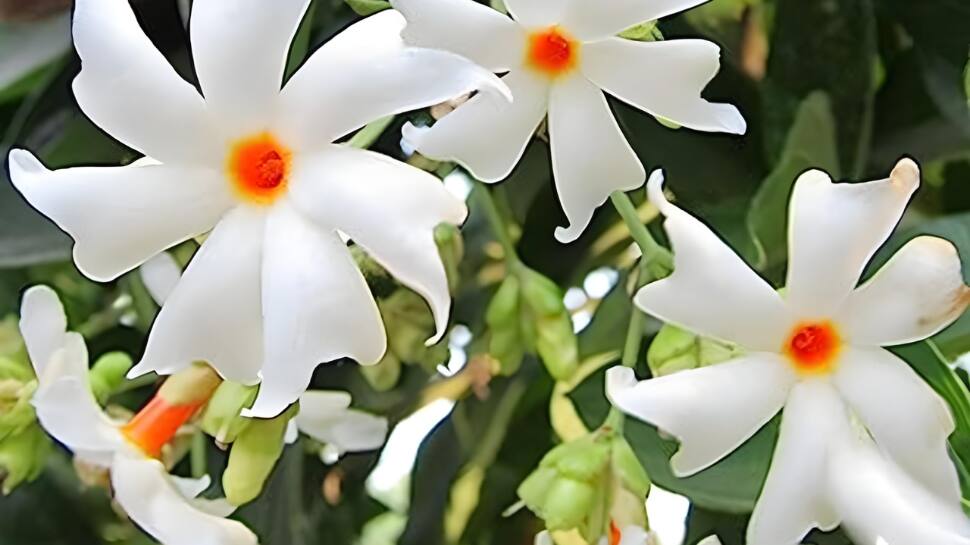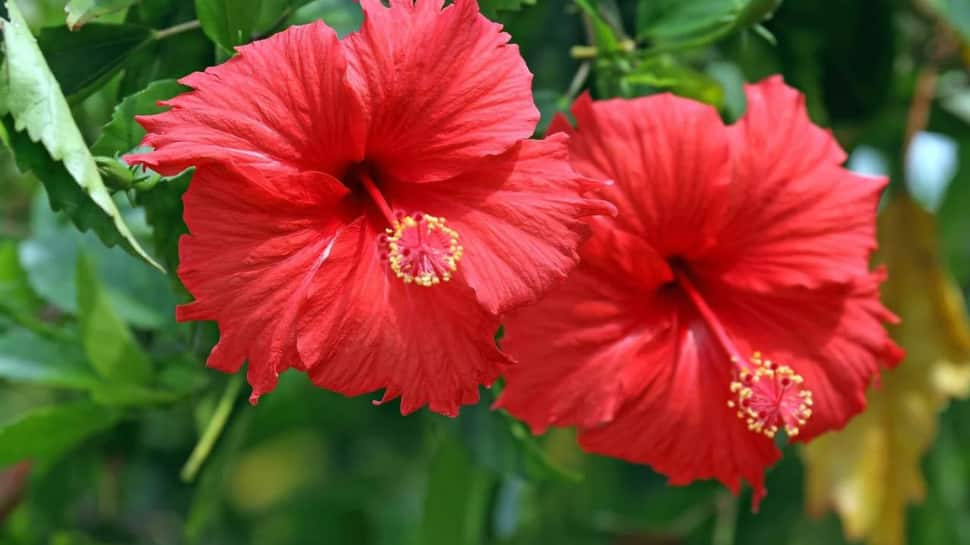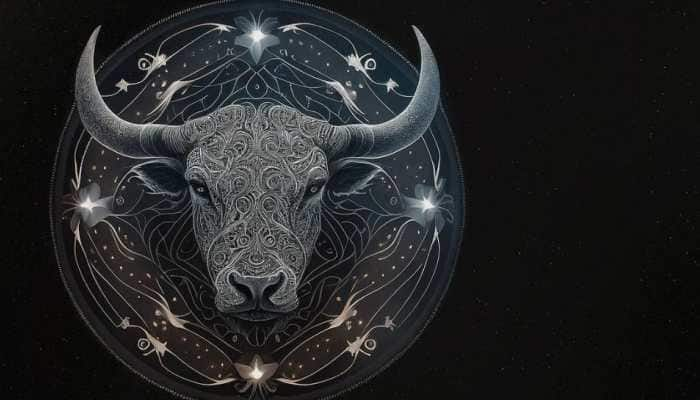7 Flowers In Bhagavad Gita and Their Symbolism
The Bhagavad Gita makes mention to seven Hindu sacred flowers, which stand for devotion and spiritual development. While tulsi depicts dedication, lotuses indicate spiritual progress. Champa means purity, jasmine represents love, marigold represents renunciation, kadamba represents spiritual elevation, and Ashoka represents hope. These flowers emphasize love, devotion, and separation in order to achieve unity with the divine, symbolizing the path towards self-realization.
Zee Media Bureau
| Sep 20, 2024, 18:02 PM IST
1/7
Jasmine (Chameli)

2/7
Lotus (Padma)
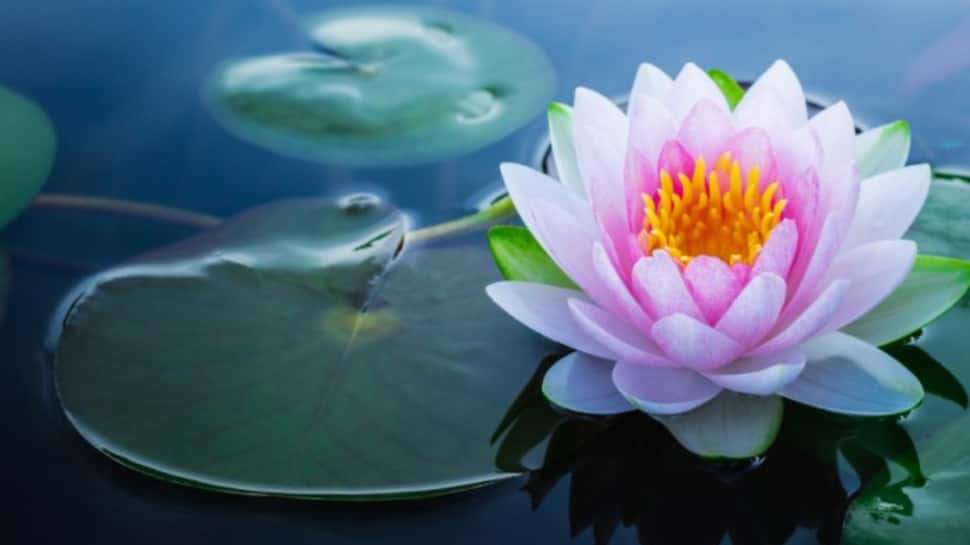
3/7
Tulsi (Holy Basil)
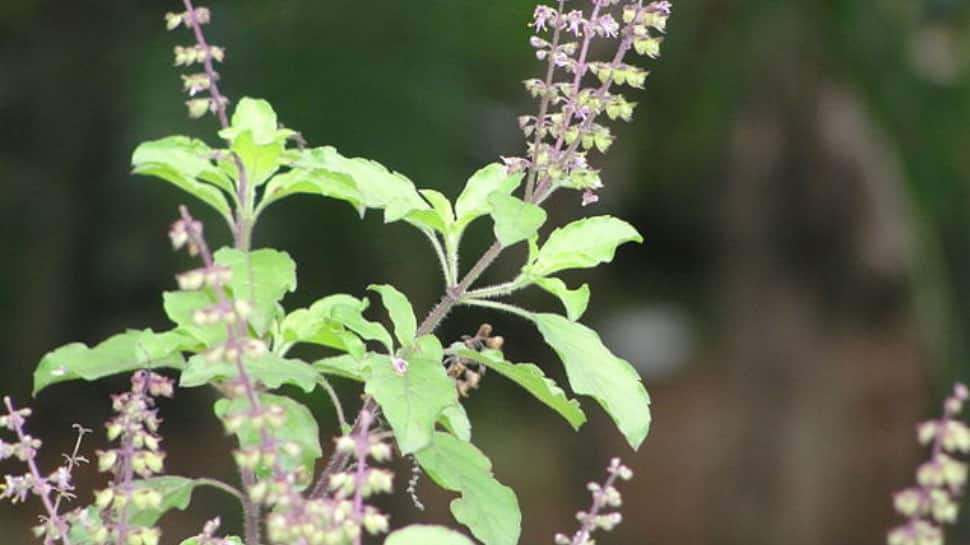
4/7
Ashoka Flower
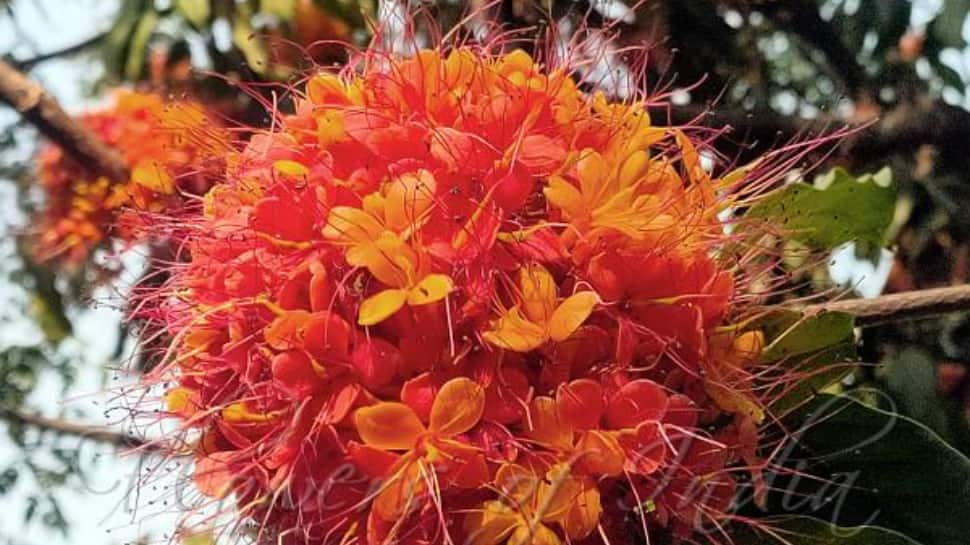
5/7
Marigold (Genda)
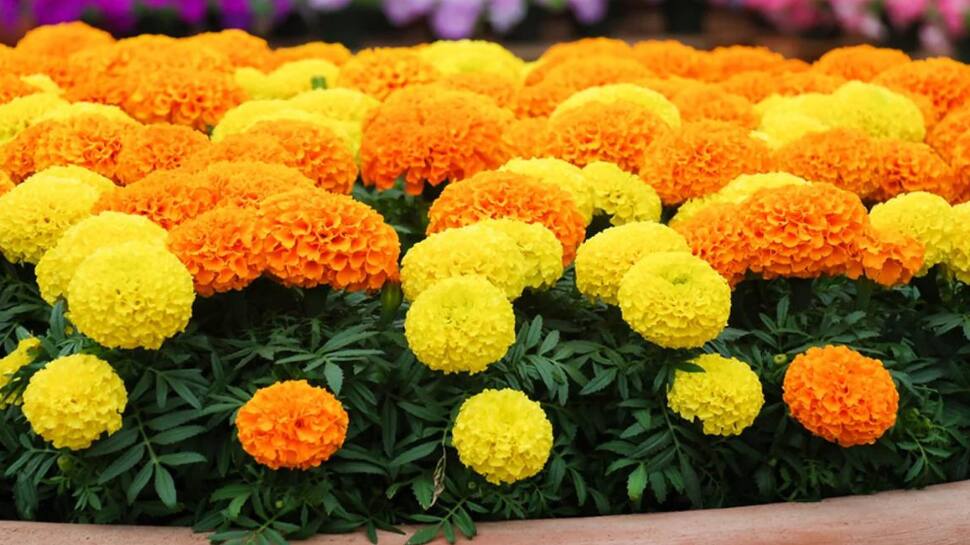
6/7
Parijat (Night-flowering Jasmine)
